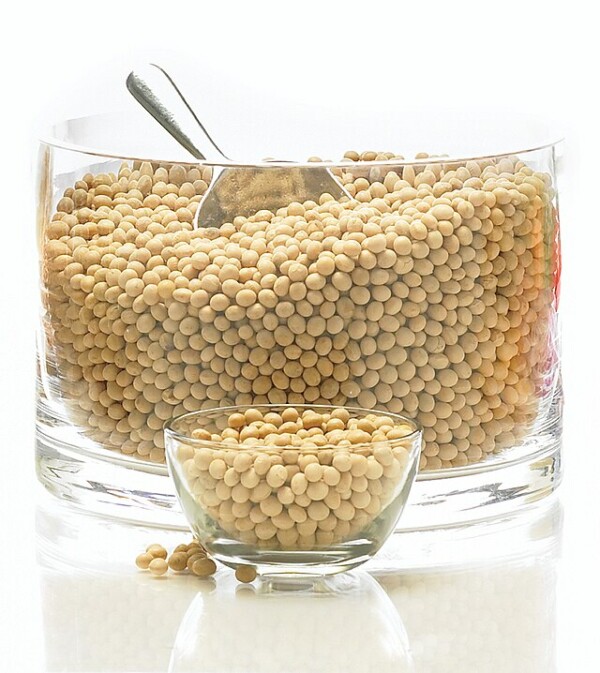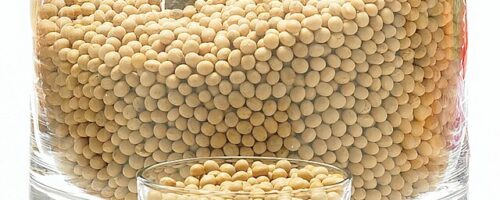
Brazil
How is it produced?
Soybeans are produced in Brazil on large portions of land, often land existing on deforested Amazon jungle. Crops are aided by genetically modified seeds that are resilient to certain pesticides and often use chemicals and fertilizer to producer higher quantities.
Describe the supply chain to the store shelf in Canada:
Canada and Brazil share bilateral trade, facilitated by the WTO, in which both countries are member nations. Canada and Brazil are currently in the process of establishing a FTA which could further encourage trade
What is the power balance between the producer and seller?
The power balance for soy production in Brazil is shifted towards benefiting international corporations, who are able to buy crops in advance by exchanging fertilizer and seeds, which allows them to buy crops at a reduced price and dictate exportation. Workers are often treated poorly and millions of small scale farmers have lost their jobs due to the corporatization of soy farming.
Can you recommend changes to the system to improve the balance?
To implement some sort of significant corporate tax for international participants, to establish a basic level of inclusivity for brazilian citizens to encourage job growth, to impose harsh penalities for environmental destruction.
References/Resources:
Pacheco, P. (2012). Trends and implications of soybean production. In Soybean and oil palm expansion in South America: A review of main trends and implications (pp. 7–17). Center for International Forestry Research.
Scott, C. (2009). The Amazon: It’s What’s for Dinner: The Spread of Soy Plantations Poses a New Threat to the Rainforest. Earth Island Journal, 23(4), 22–24.
Voora, V., Larrea, C., & Bermudez, S. (2020). Global Market Report: Soybeans (S. Baliño, Ed.). International Institute for Sustainable Development (IISD).

